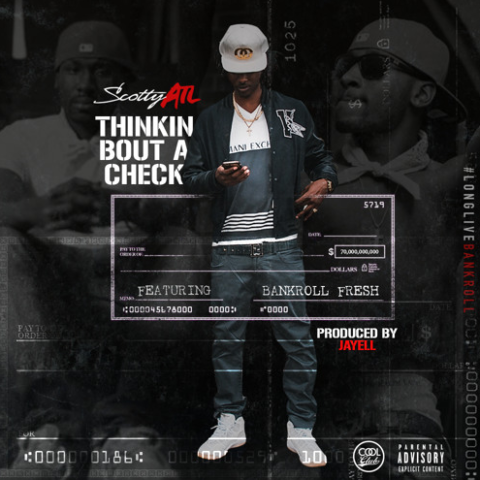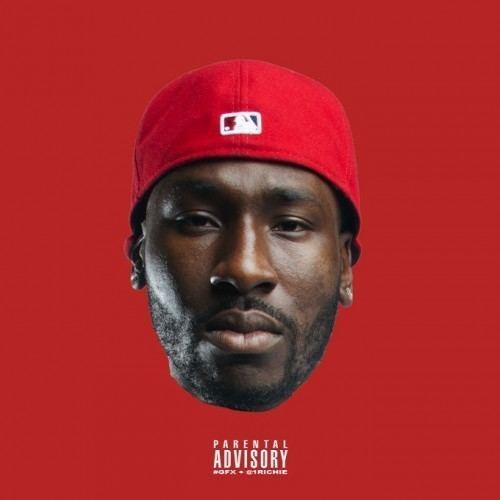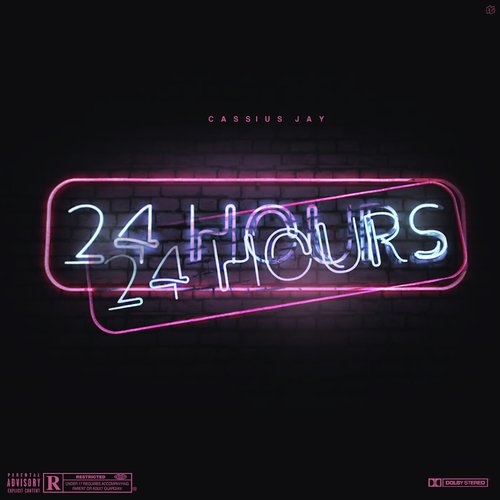

Yet some alluring new generation of MCs always seems to come along to extend the legacy. It’s becoming tougher and tougher to wring anything new out of the components, to find original voices. Truthfully, the ATL-centered trap sound - stone-skipping hi-hats, death-rattle sub-bass, slow BPMs, John Carpenter synths - is getting decidedly more tired, and it’s becoming harder to ignore that fact. People look to Atlanta for new music, and tapes by most of these guys will show up on “Most Downloaded” ranking on your favorite mixtape aggregator sites.

Then, there’s an extended universe of functional but unremarkable trap rappers who wouldn’t exist in their current form with mid-00s hometown pioneers Gucci Mane, Young Jeezy, and (to a lesser extent) T.I.


There is almost an oversaturation of prominent ATLiens - Rich Homie Quan, Migos, iLoveMakonnen and beyond. It is now a word to generally describe full-length albums released for free, which is the modern form of mixtape that was made a popular following by 50 Cent and his group G-Unit in the early 2000s, sometimes containing all original music, other times composed of freestyles and remixes of popular tracks.Today, the hip-hop figureheads of the city, and the rappers setting the trends and forwarding the genre, are Future and Young Thug. In the hip hop scene, mix tape is often displayed as a single term mixtape. Also since the 1990s, it describes releases used to promote one or more new artists, or as a pre-release by more established artists to promote upcoming "official" albums. Blend tapes became increasingly popular by the mid-1990s, and fans increasingly looked for exclusive tracks and freestyles on the tapes. Ron G moved the mixtape forward in the early 1990s by blending R&B a cappellas with hip hop beats (known as "blends"). In the mid-1980s, DJs, such as Brucie B, began recording their live music and selling their own mixtapes, which was soon followed by other DJs such as Kid Capri and Doo Wop. (who later became known as Whiz Kid) and DJ Super V would create personalized House Tapes which would eventually circulate throughout New York City. In the late 70's into the early 80's DJs began recording mixtapes out of their homes, referring to them as House Tapes. As more tapes became available, they began to be collected and traded by fans. Hip hop mixtapes first appeared in the mid-1970s in New York City, featuring artists such as Kool Herc and Afrika Bambaataa. In hip hop's earliest days, the music only existed in live form, and the music was spread via tapes of parties and shows.


 0 kommentar(er)
0 kommentar(er)
